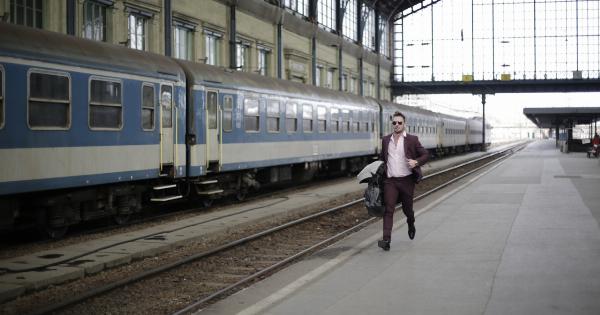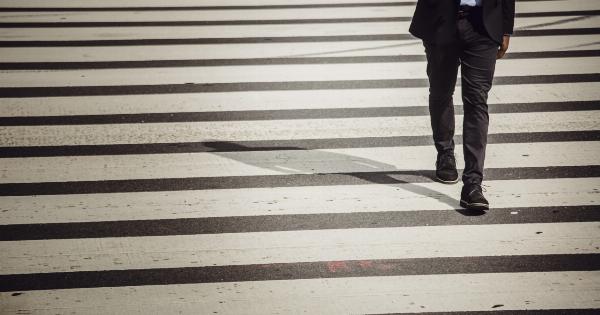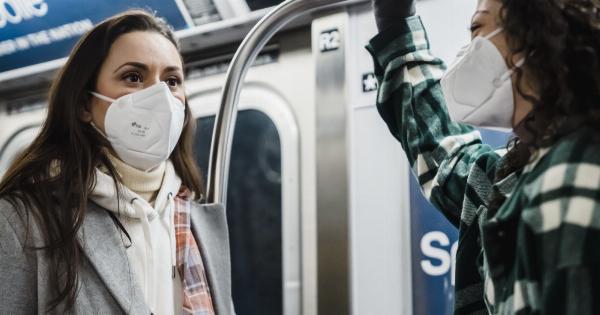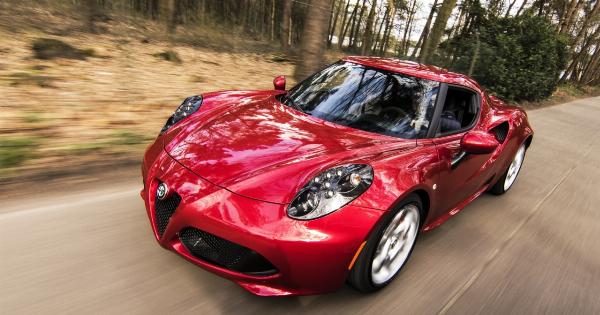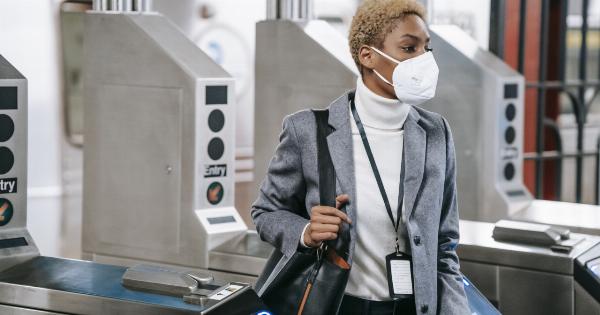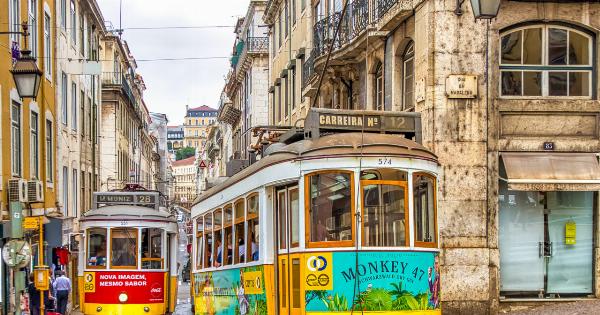In many metropolitan areas, traffic congestion is a common problem affecting the flow of vehicles on the roads. However, a less-discussed issue is leg traffic congestion, which refers to overcrowded sidewalks and pedestrian pathways.
This article aims to identify and discuss the common culprits behind leg traffic problems, accompanied by visual illustrations.
Culprit 1: Sidewalk Obstacles
The first common culprit contributing to leg traffic problems is the presence of sidewalk obstacles. These obstacles include street vendors, cafe seating, construction materials, outdoor advertising, and improperly parked vehicles.
Sidewalks cluttered with such obstacles make it difficult for pedestrians to pass through, leading to congestion and frustration.

Culprit 2: Narrow Sidewalks
Another significant contributor to leg traffic problems is the presence of narrow sidewalks. In older cities or crowded neighborhoods, sidewalks were often not designed to accommodate the growing number of pedestrians.
As a result, when sidewalks are too narrow to allow comfortable movement in both directions, congestion occurs.

Culprit 3: Inadequate Crosswalks
Inadequate crosswalks are a third culprit creating leg traffic congestion. When crosswalks are scarce or poorly placed, pedestrians may have to walk longer distances to cross the road, leading to overcrowding at a few specific locations.
This concentration of pedestrian movements results in congestion, as seen during rush hours near popular intersections.

Culprit 4: Lack of Pedestrian Signage
Leg traffic problems can also arise from the lack of clear and visible pedestrian signage. When pedestrians are unsure of the correct path to take, they may cause congestion by stopping abruptly, changing directions frequently, or seeking assistance.
Proper signage indicating pedestrian routes can alleviate confusion and enhance the flow of foot traffic.

Culprit 5: Absence of Pedestrian Zones
The absence of designated pedestrian zones is another factor contributing to leg traffic problems.
Without separate areas allocated specifically for walkers, pedestrians often have to share limited space with cyclists, scooters, or even motor vehicles, leading to congestion and potential conflicts. Establishing dedicated pedestrian zones can help address this issue.

Culprit 6: Inefficient Traffic Light Timing
Traffic lights play a crucial role in managing both vehicular and leg traffic. Inefficiencies in traffic light timing can lead to leg traffic congestion at busy intersections.
When pedestrians are not provided with sufficient time to cross the road, they may accumulate, waiting for the next green signal. Adjusting traffic light timing to prioritize pedestrian movements can alleviate this problem.

Culprit 7: Lack of Public Transportation
The availability and efficiency of public transportation systems have a direct impact on leg traffic congestion. In cities with inadequate public transportation options, more people rely on walking as their primary mode of commuting.
This increased foot traffic can overwhelm sidewalks and pedestrian pathways, making them congested and difficult to navigate.

Culprit 8: Insufficient Pedestrian Facilities
Insufficient pedestrian facilities contribute significantly to leg traffic problems. The lack of properly maintained footpaths, benches, rest areas, and public amenities compels pedestrians to cluster or linger in certain spaces.
Enhancing pedestrian infrastructure is crucial to ensure a smooth flow of foot traffic and discourage congestion.

Culprit 9: Unregulated Pedestrian Traffic
Unregulated pedestrian traffic, such as jaywalking and disregard for traffic rules, also adds to leg traffic congestion.
When pedestrians do not follow designated crossing points or choose to cross the road without proper consideration for traffic, it disrupts the flow of both vehicles and foot traffic. Encouraging pedestrians to adhere to traffic regulations can mitigate this issue.

Culprit 10: Lack of Pedestrian-Friendly Urban Planning
The final culprit behind leg traffic problems is the lack of pedestrian-friendly urban planning. When cities prioritize vehicular infrastructure and neglect the needs of pedestrians, leg traffic congestion becomes inevitable.
Improving urban planning by integrating walkways, green spaces, and other pedestrian-friendly elements can create more inviting and efficient environments for foot traffic.

Conclusion
Leg traffic problems can be caused by a combination of factors, as discussed in this article. By recognizing the common culprits behind leg traffic congestion, cities and urban planners can implement effective solutions to alleviate these issues.
Improving sidewalk accessibility, providing adequate infrastructure, and prioritizing pedestrian needs are some of the key steps towards creating pedestrian-friendly urban environments where leg traffic problems are minimized.

















